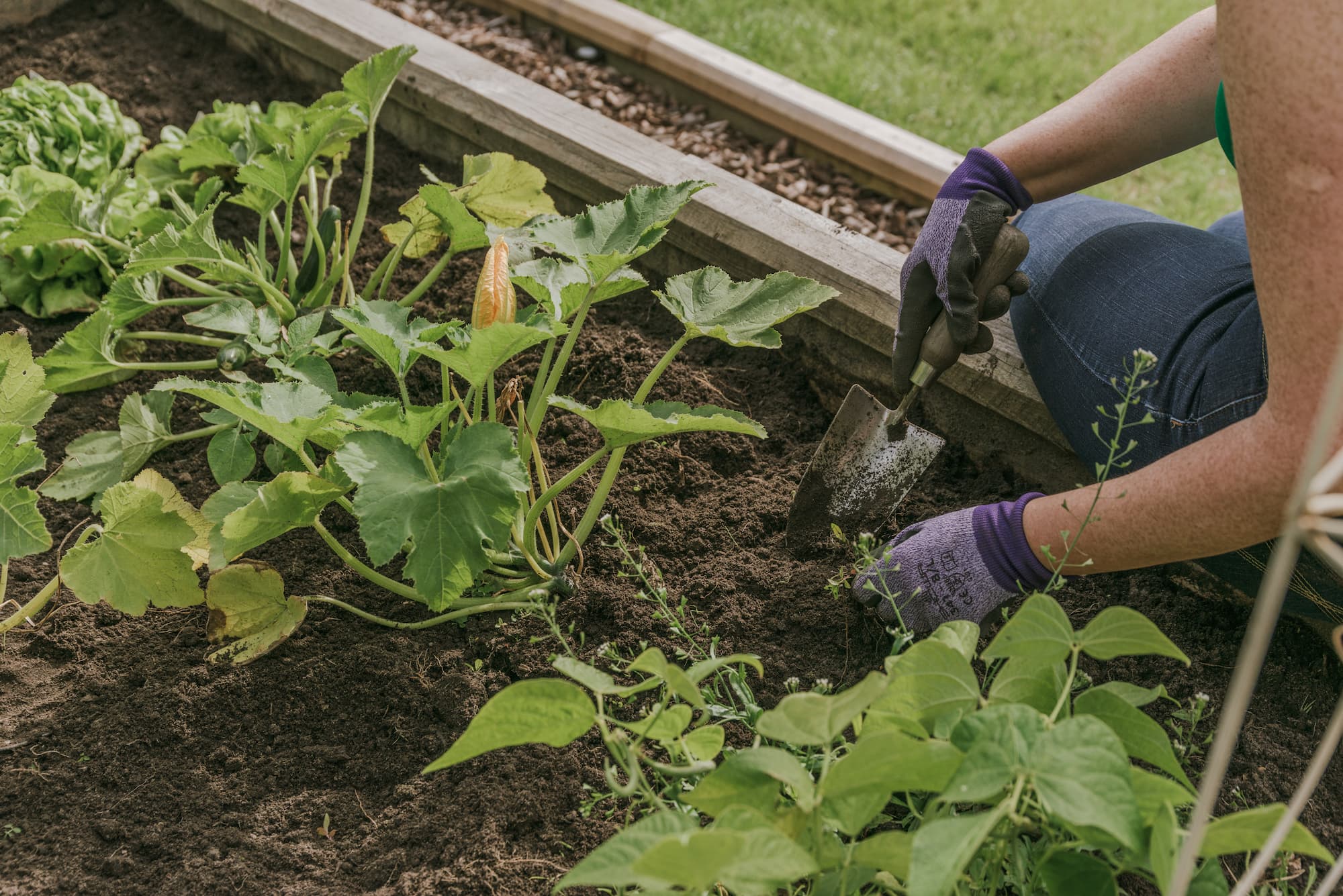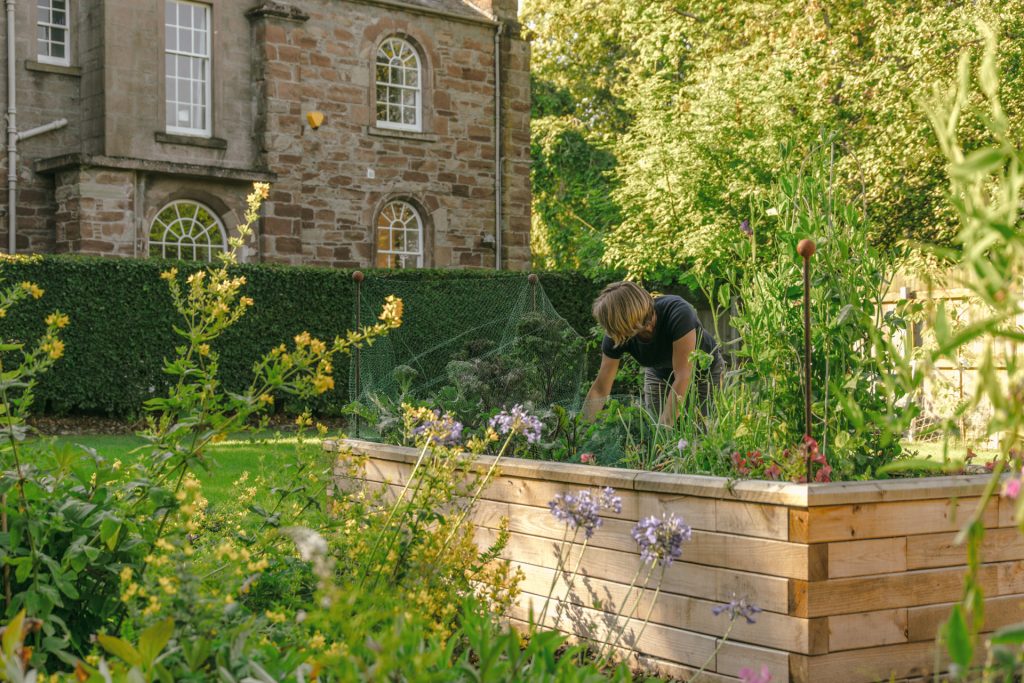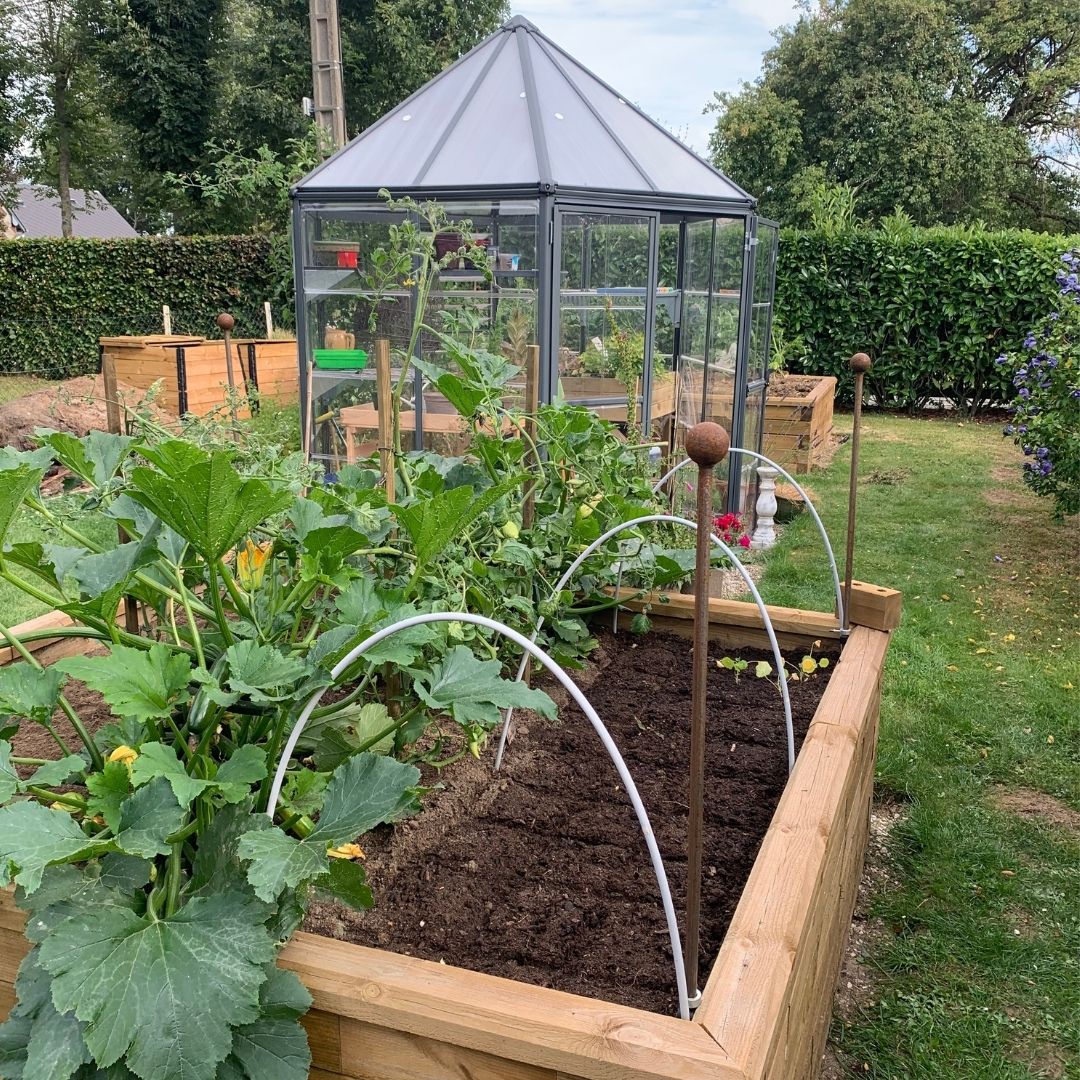
This is a contributed post and may contain affiliate links
Self-sufficiency is a dream that many people have, whether it be in financial terms, professional terms or in life in general. The ability to live without constant dependence on other people and at the mercy of wider society is an attractive prospect for some.
Self-sufficiency in food and nutrition is something that our ancestors were forced to do, but it can be a worthwhile effort these days nonetheless. Total self-sufficiency in food is unrealistic for most, but growing your own fruit and vegetables can be a very fulfilling and beneficial process.
In this guide we’ll discuss how you can start a self-sufficient vegetable garden, starting with why it’s a great thing to do.
Why is a self-sufficient garden worth the effort?
Gardening is time-consuming and often physically demanding, but creating a self-sufficient garden can make it all worth it. First of all, it’s a great thing for the planet – you’ll contribute to reducing carbon emissions by buying less produce that has been imported from all over the world. Furthermore, you can reduce the use of harsh chemical fertilisers and pesticides that are all too common in commercial farming by growing organic products and using natural materials.

You can greatly benefit your health too by spending more time outdoors, in sunlight, and doing more physical activity. Gardening is also a great way to reduce stress, which can be a lifeline if you’re under a lot of pressure at work or in your day-to-day life. Research suggests that gardening can have several positive impacts on your mental and physical wellbeing, so why not give it a try? There is also the benefit of eating what you grow which is often a lot more nutritious and tasty than imported or shop-bought produce.
Finally, there’s the financial argument which is all too important with the current cost of living crisis. Growing your own food and creating a self-sufficient garden will save you money on elements of your food shopping throughout the week and prove cost-effective over the long term. There are so many arguments in favour of vegetable gardening for people of all ages and lifestyles, so let’s explore how you can go about creating one.
Choose the right location
First of all, you need to find the right location for your garden beds – the ideal spot will have a healthy balance of sunlight throughout the day, sufficient airflow, good drainage and productive soil. Be careful not to plant too close to any high fences or under trees because these can lead to unfavourable growing conditions with too little sun or water and excessively low temperatures in winter.
Many gardeners use raised beds and containers to create a more suitable growing environment for plants because they can be more easily maintained and allow you to plant on levels higher than the floor. Consider your space and where you could provide the best growing conditions.
Optimise the soil and growing conditions
Next, you need to optimise the soil you are planting in because this will directly impact your ability to grow healthy and sustainable produce. Your ground soil may or may not be suitable or fertile, in which case, you’ll have to add minerals and nutrients to help it provide productive growing conditions.
As mentioned above, raised beds are valuable in allowing you to customise and optimise your soil with organic matter or purpose-created topsoil. If your garden has sandy or clay-based soil then it can be difficult for plants to flourish, but raised bed soils can be tailored to the particular plants you are growing and their specific needs.
Use recycled or sustainable products
In order to be a truly sustainable and self-sufficient garden, you’ll need to only use recycled or sustainable gardening products and materials. This could be in the form of raised beds made from sustainably sourced wood, compost bins made from recycled materials or organic seeds and plant nutrients. These all may cost a little more, to begin with, but you’ll be staying true to your commitment to less waste and eco-consciousness.
Plant suitable fruit and vegetables
In order to grow fruits and vegetables sustainably year after year you should look to plant varieties that are suitable to your growing conditions. Here in the UK, root vegetables like carrots, onions, potatoes and radishes are some of the easiest to grow because of our weather and environmental conditions. Fruits such as tomatoes, blackberries, strawberries and raspberries also thrive in our mild climate but make sure you get to grips with what each plant needs to flourish.
Start a compost heap
One of the best ways to create a truly self-sufficient garden is to compost all your organic gardening waste and appropriate household food waste. Recycling your organic materials in this way creates a highly nutrient-rich compost to help reinvest in your soil and fertilise your plants for the season ahead. It’s an endless and sustainable cycle, leading to less waste and you’ll be able to save on buying compost from the garden centre.
Collect rainwater
The final piece of the jigsaw if you’re looking to start a self-sufficient garden is water. Water is a valuable resource and relying on hosepipes isn’t truly sustainable. Collecting water, on the other hand, is a fantastic way to reduce your water consumption which is much better for the planet and your bills. Collect rainwater from gutters and store it in a water butt to use when you’re watering your plants – other than that, you just need the patience to watch everything grow and trust in the process every year!

